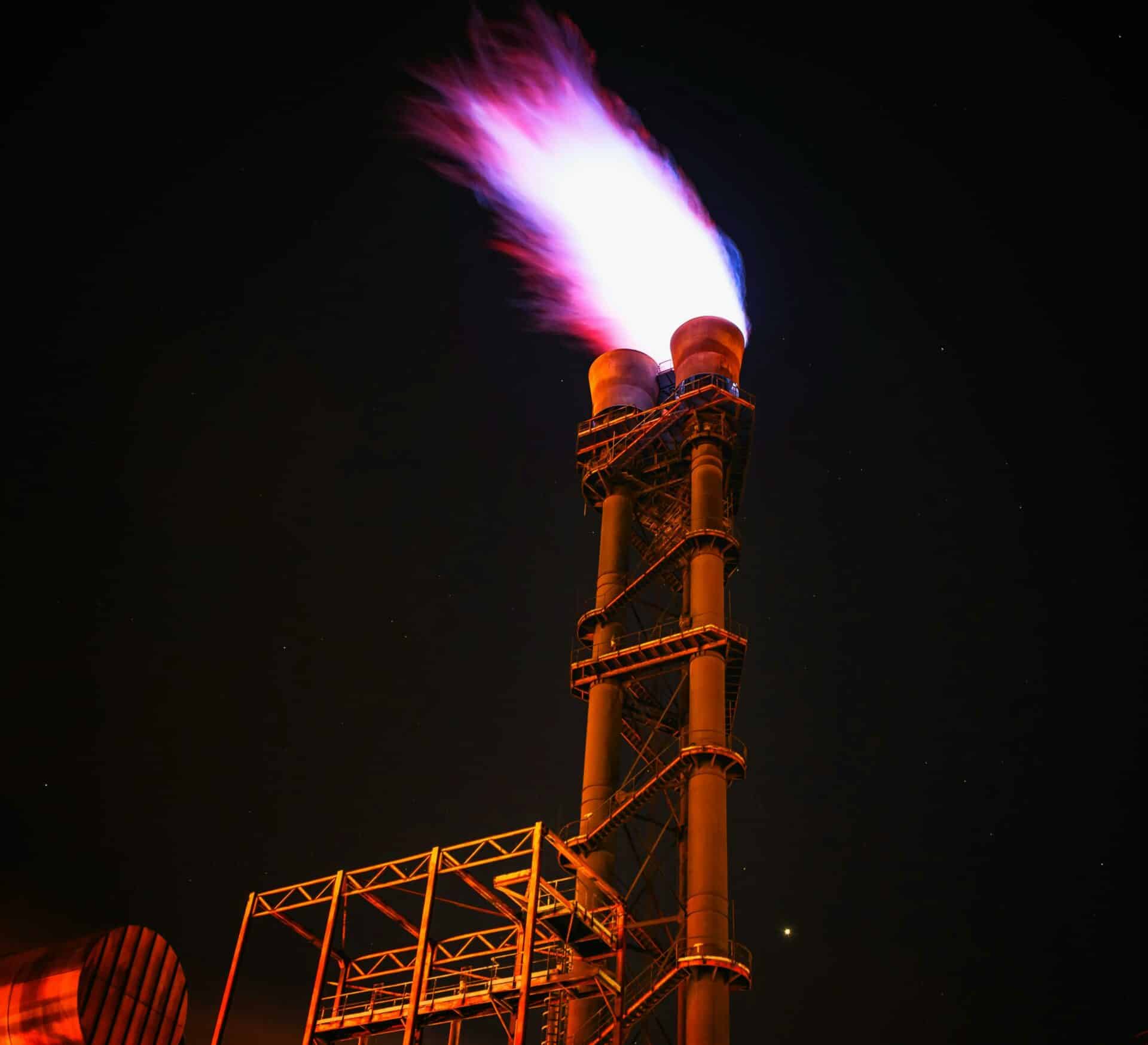Numerical simulation for the Oil & Gas industry
Computational Fluid Dynamics (CFD) also plays a key role in the oil and gas industry, helping to optimize operations, reduce costs and improve safety. It enables in-depth analysis of complex fluid flows, heat exchanges and multiphase phenomena, all of which are essential for the efficient management of hydrocarbon extraction, transport and processing systems. OptiFluides has a long history of working with the oil industry, thanks to the IFP experience of its founder and managing director, Nicolas Boisson.
Here are some of the key CFD applications in this field.

